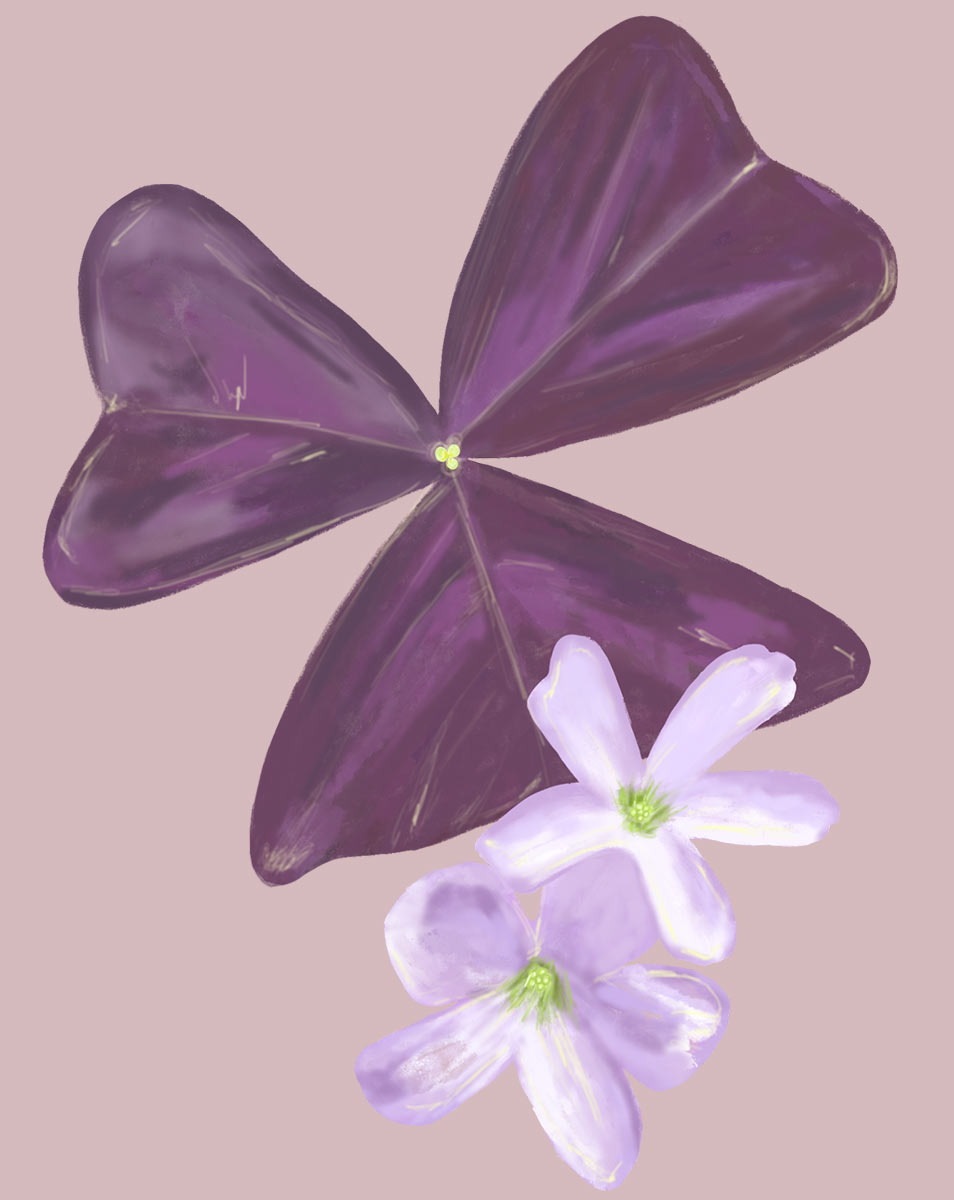Light Requirement: Medium Light (Medium Indirect Light) to High Light (Bright Indirect Light)
Oxalis plants prefer bright indirect light, and they can even tolerate some direct sunlight in the morning or late afternoon. However, too much direct sunlight can burn the delicate leaves of the plant. If the Oxalis plant is not receiving enough light, it may become leggy and have sparse foliage. Therefore, placing the plant near a bright window with filtered light or using LED grow lights that mimic natural light can be the best option for them. Additionally, it's important to avoid exposing the plant to sudden changes in light conditions, such as moving it from low light to bright light, as this can cause the leaves to become sunburned.




















